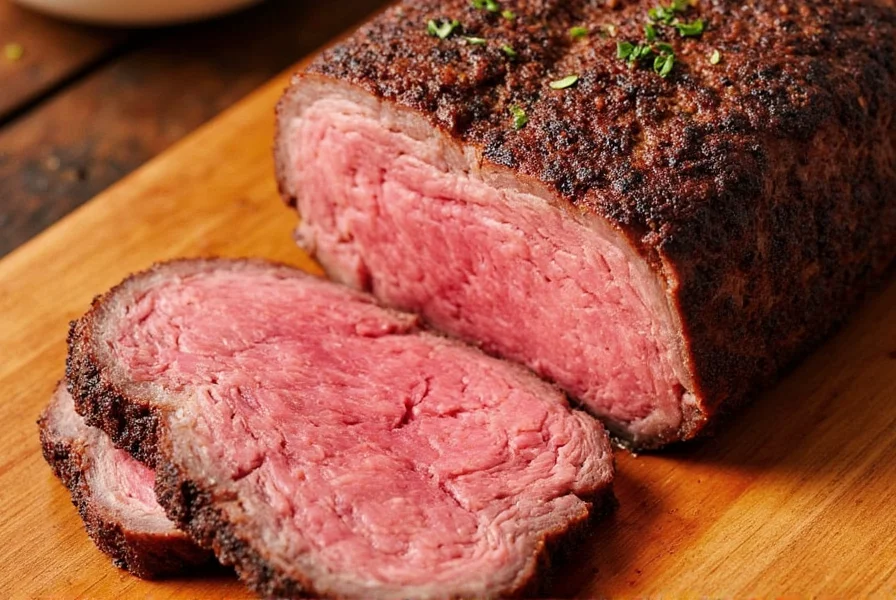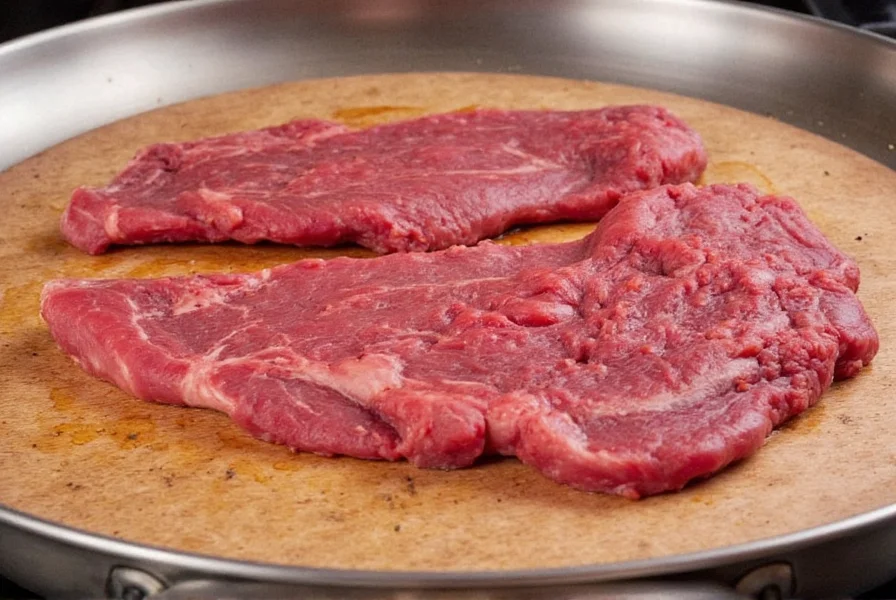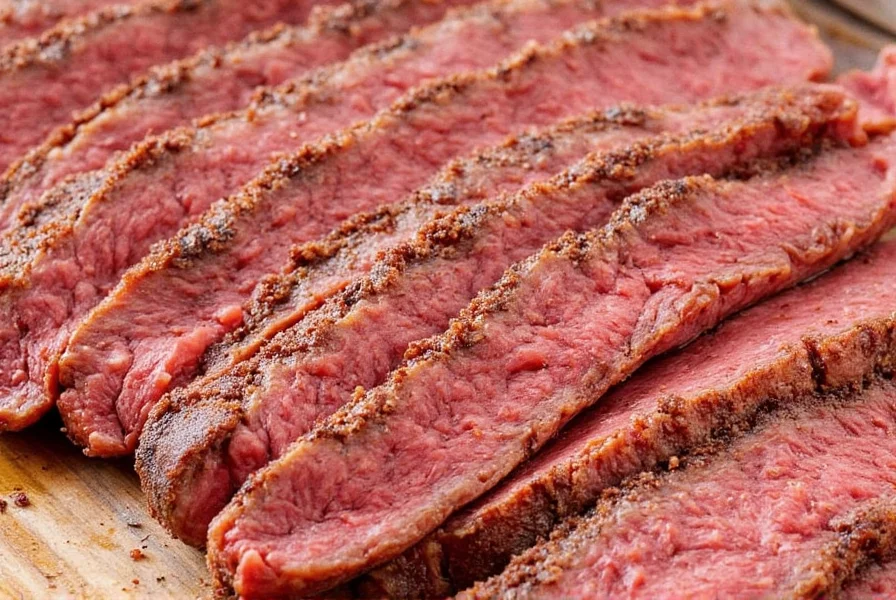The Spicy Secret to Perfect Season Roast Beef: A Flavor-Fueled Guide for Enthusiasts and Pros
Table of Contents
Introduction: The Magic of Seasoning
Roast beef is a classic dish that has stood the test of time. But what really makes it shine? It's not just about the cut of meat or how long you cook it—it’s all in the seasoning. Whether you're a seasoned pro or just starting out, the right blend of spices can transform your roast beef from good to unforgettable.

Today, we’re diving into the world of spice basics, specifically focusing on how to season roast beef like a master chef. We’ll cover everything from essential spices to practical tips, and even give you a detailed buying guide to help you choose the best products for your kitchen.
Spice Basics: What You Need to Know
If you’ve ever opened a spice rack and felt overwhelmed, you’re not alone. Spices come in all shapes, sizes, and flavors—each with its own unique role in cooking. For roast beef, the key is to find the right balance of heat, depth, and aroma.
Let’s break down the most common spices used for seasoning roast beef:
- Black Pepper: Adds a subtle heat and earthiness.
- Salt: Enhances natural flavors and helps with browning.
- Garlic Powder: Adds savory depth without the sharpness of fresh garlic.
- Onion Powder: Complements the meat with a mild sweetness.
- Paprika: Provides a smoky or sweet undertone depending on the type.
- Cumin: Adds a warm, nutty flavor.
- Chili Powder: Offers a spicy kick without being too intense.

These are the building blocks of a great seasoning mix. But don’t be afraid to experiment! A dash of cayenne pepper, a sprinkle of smoked paprika, or even a hint of thyme can take your roast beef to the next level.
Practical Tips for Seasoning Roast Beef
Now that you know the basics, let’s get practical. Here are some tried-and-true tips to ensure your roast beef is perfectly seasoned every time:
- Start with Quality Salt: Use coarse sea salt or kosher salt for better texture and flavor absorption.
- Don’t Skip the Pepper: Freshly ground black pepper adds more depth than pre-ground varieties.
- Use Dry Rubs for Extra Flavor: Mix your spices together and rub them onto the meat before roasting.
- Apply Seasoning Evenly: Make sure to coat all sides of the roast for consistent flavor.
- Let It Rest: After seasoning, let the meat sit at room temperature for 30–60 minutes to allow the spices to penetrate.
One of the most important steps is giving the roast enough time to absorb the seasoning. This allows the flavors to meld and develop, resulting in a more complex and satisfying taste.
Another tip: If you’re using a wet marinade, make sure to pat the meat dry before seasoning. Too much moisture can prevent the spices from sticking properly.
Buying Guide: Choosing the Right Spices
Not all spices are created equal. When it comes to seasoning roast beef, choosing the right products can make a big difference in the final result. Here are some top picks:
Top 5 Spices for Season Roast Beef
| Spice | Features | Advantages | Use Cases | Target Audience |
|---|---|---|---|---|
| Coarse Sea Salt | Large, flaky crystals | Enhances flavor and texture | Perfect for rubbing on meat | Chefs and home cooks |
| Smoked Paprika | Deep, smoky flavor | Great for adding depth and color | Ideal for grilled or roasted meats | BBQ enthusiasts and flavor seekers |
| Garlic Powder | Concentrated garlic flavor | Easy to use and store | Perfect for seasoning roasts and stews | Busy home cooks and meal preppers |
| Black Pepper | Freshly ground for maximum flavor | Boosts overall taste and aroma | Essential for any seasoning mix | All levels of cooks |
| Chili Powder | Mild to medium heat | Adds a subtle kick without overwhelming | Great for those who like a little heat | Spice lovers and adventurous eaters |
When purchasing spices, always check the expiration date. Spices lose potency over time, so fresher is always better. Also, consider buying whole spices (like peppercorns) and grinding them yourself for a more vibrant flavor.
Flavor Profiles: Matching Spices with Meat
Not all roast beef is the same. Depending on the cut, marbling, and cooking method, the right spice combination can vary. Here’s how to match your seasoning to your meat:
- Filet Mignon: Lean and tender. Use a simple blend of salt, pepper, and a touch of garlic powder.
- Ribeye: Rich and fatty. Add a bit of smoked paprika and cumin for extra depth.
- Chuck Roast: Tougher cut. Go bold with chili powder, onion powder, and black pepper.
- Brisket: Best with a strong, smoky rub. Include cumin, coriander, and a dash of cayenne.

Understanding the characteristics of your meat will help you choose the right spices. For example, a lean cut like tenderloin doesn’t need heavy seasoning, while a tougher cut like brisket benefits from a more robust blend.
Also, consider the cooking method. If you're slow-roasting, a dry rub works well. If you're grilling, a wet marinade might be better for flavor penetration.
Conclusion: Master Your Seasoning Game
Seasoning roast beef isn't just about adding flavor—it's about creating a balanced, memorable experience. With the right spices, techniques, and tools, you can elevate your roast beef from ordinary to extraordinary.
Remember, the key is to experiment, taste, and adjust as needed. Whether you're a seasoned pro or a spice novice, there's always something new to learn. And when it comes to seasoning roast beef, the journey is just as rewarding as the destination.

So go ahead, grab your favorite spices, and start seasoning like a chef. Your taste buds—and your guests—will thank you!










 浙公网安备
33010002000092号
浙公网安备
33010002000092号 浙B2-20120091-4
浙B2-20120091-4